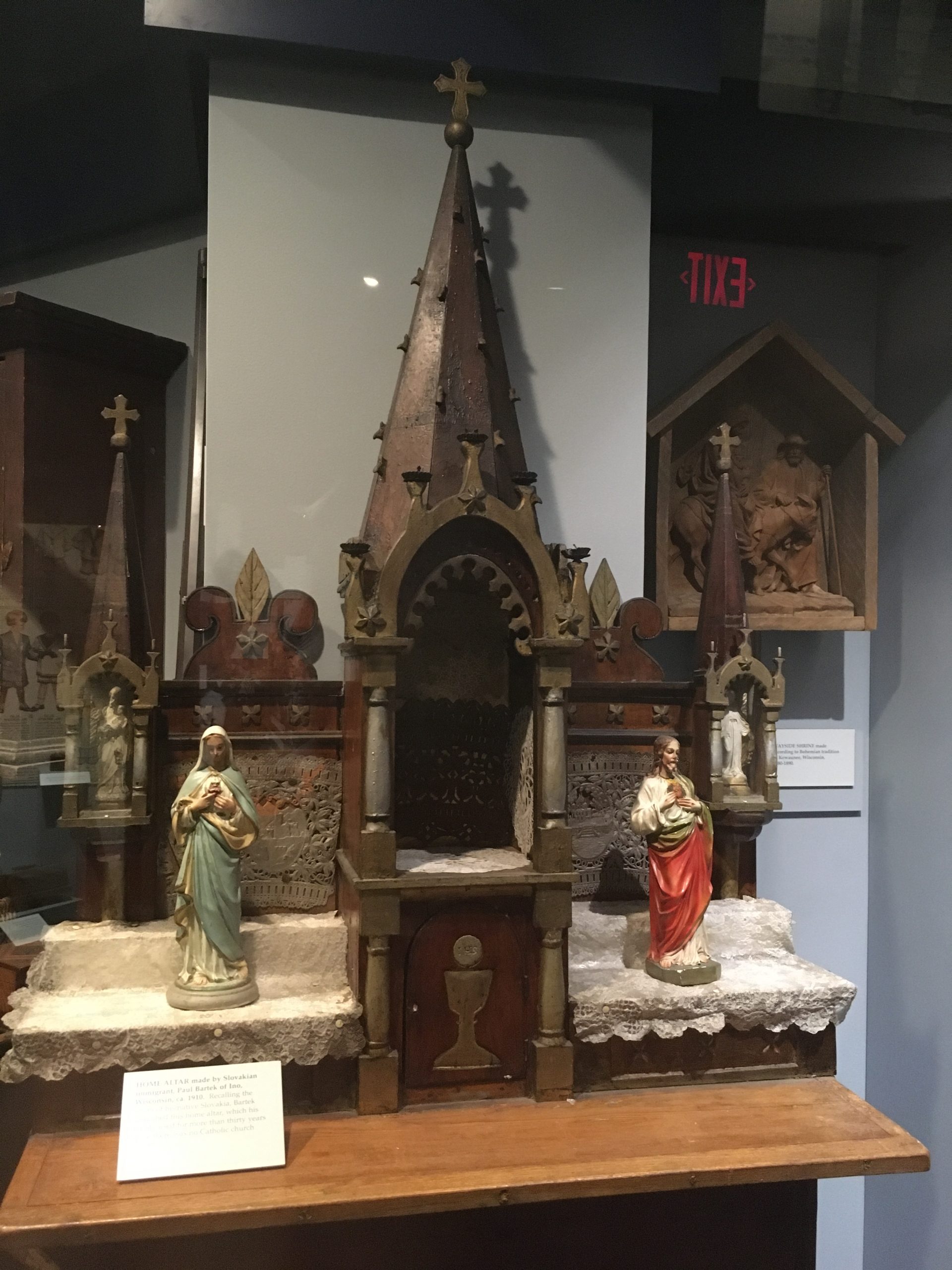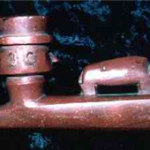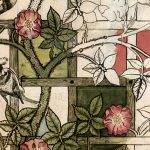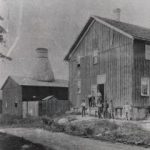
During the 19th and early 20th century, immigrants from all across Europe began coming to Wisconsin. Some had heard of economic opportunity from industries like mining, logging, or farming. Some were being treated unfairly in their home countries because of their race or religion. Some were simply joining their family. Back then, if you were traveling from Europe to America, there was only one option: going by boat.
Immigrants coming to America by boat were extremely limited in the items that they could bring. A trunk that a whole family might use to carry their belongings would usually be no bigger than three feet long and one foot wide. Since these immigrants most likely would never be returning to their home country, they would have to think very carefully about which items they could bring with them—and which they had to leave behind.
This altar is not something that would have been brought over in a trunk. For one thing, it’s far too large to fit inside a trunk. It’s one of the many things that immigrants coming to Wisconsin could not bring with them and had to instead recreate from memory after their arrival. These were the items that helped make a strange place feel more like home.
This home altar was made by Paul Bartek of Ino, Wisconsin around 1910. Bartek was an immigrant from Slovakia, a European country situated between Poland and Hungary. The altar is made primarily of wood, with figurines of the Virgin Mary and Jesus prominently displayed. Elaborate altars such as these are common in traditional Slovakian Catholic churches. Recalling this tradition, Bartek made this altar for his family, as there was no Catholic church nearby at the time. His family continued to use this altar for over thirty years, both as a way to practice their faith and to remember their home country.
While immigrants back then might not have been able to bring very many physical objects to Wisconsin, they brought more than just things. They brought their culture, their religion, and their traditions. Many things that we consider traditionally Wisconsin today, like pasties or brats, were actually made by immigrants reminiscing about food from their home countries! Think of your ancestors. Were they ever immigrants? What might they have brought with them? If you were moving to another country, what would you most want to recreate from the place you had left?
This story is part of the Wisconsin Historical Museum Mini Tour
Written by Nick Ostrem, April 2020.

Object History courtesy of the Wisconsin Historical Society
Learn more at the Wisconsin State Historical Museum mini tour


